晋山窯ヤマツ
Frustum Earthenware Teapot (Black Glaze)
Frustum Earthenware Teapot (Black Glaze)
Supplementary product information
Supplementary product information
Production area: Gifu Prefecture
Dimensions:
・W: 170mm
・D: 140mm
・H: 190mm
・Capacity: 800cc
・Weight: 510g (including strainer and handle)
・Materials: Porcelain / Metal handle: Brass
Metal handle: Brass (muted gold color)
※Please care for gently with a dry cloth. You can enjoy the aging process by maintaining with specialized cream.
※Notes for attaching the metal handle: The width is initially slightly narrow. Hold both ends with both hands and gently widen before inserting. Inserting from either the front or back will allow for smooth attachment. Please be careful not to widen too much as this may cause the attachment part to crack.
※The metal handle may leave black marks called "metal marks" due to friction with the porcelain, but this does not affect usage. If the stains are bothersome, please remove the metal handle first and pack with kitchen paper soaked in acidic detergent for soaking.
※
【Usage precautions】
・Dishwasher: Safe
・Microwave: For warming only
・Direct flame: Not suitable
Couldn't load pickup availability
Frustum is a tea vessel with a refined design adapted to modern living to help people rediscover the goodness of tea.
The edge that transitions at the midsection of the clay teapot body is a form that has long been seen in iron kettles and other traditional vessels, enhancing the impression of tea.
This tea vessel was developed through experimentation and revalidation of the spout design to give a modern impression while respecting traditional Japanese forms.
<Winner of the prestigious international red dot design award 2020 from Germany>
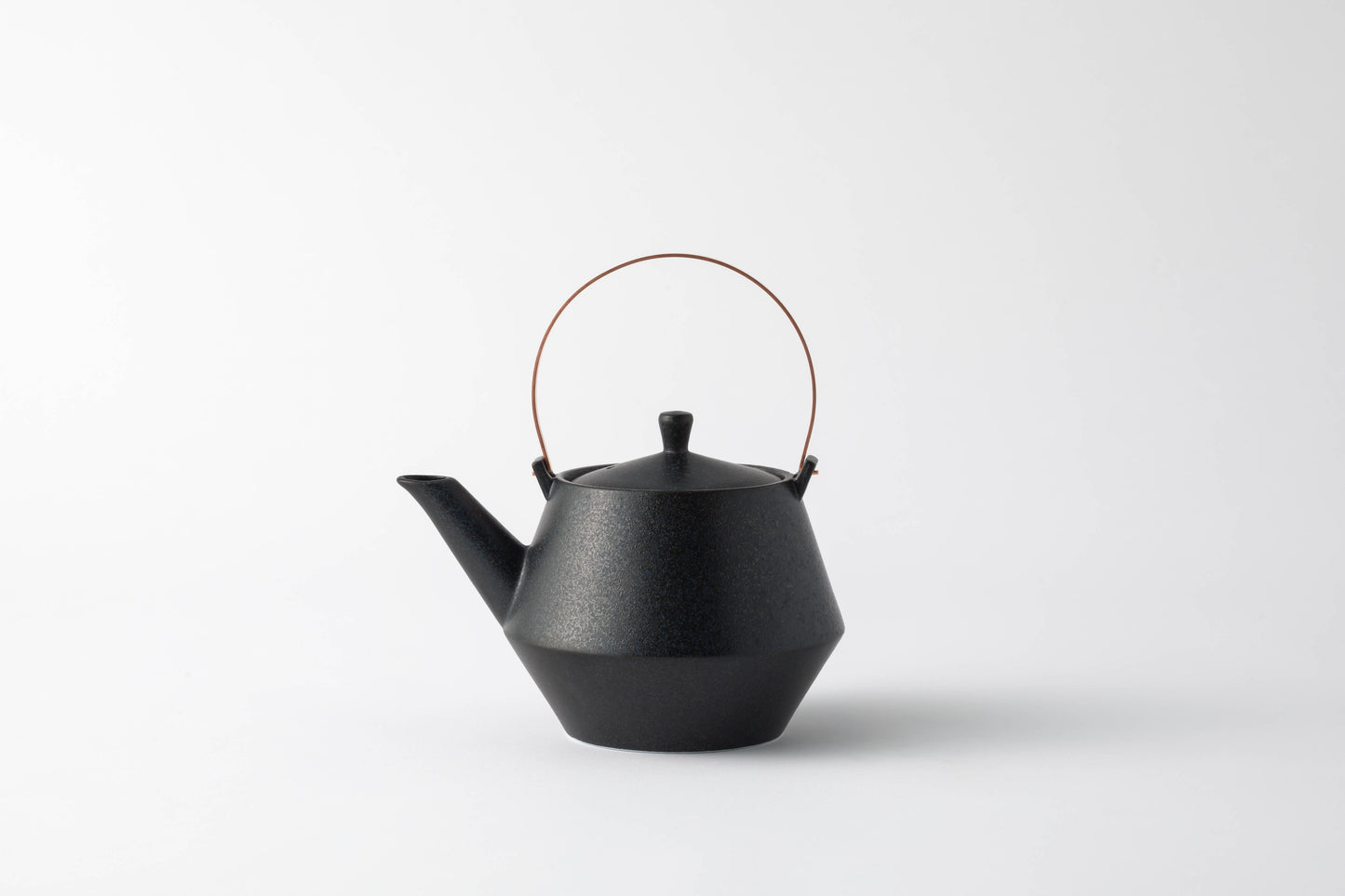
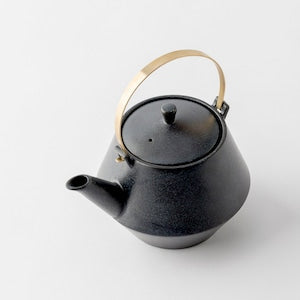
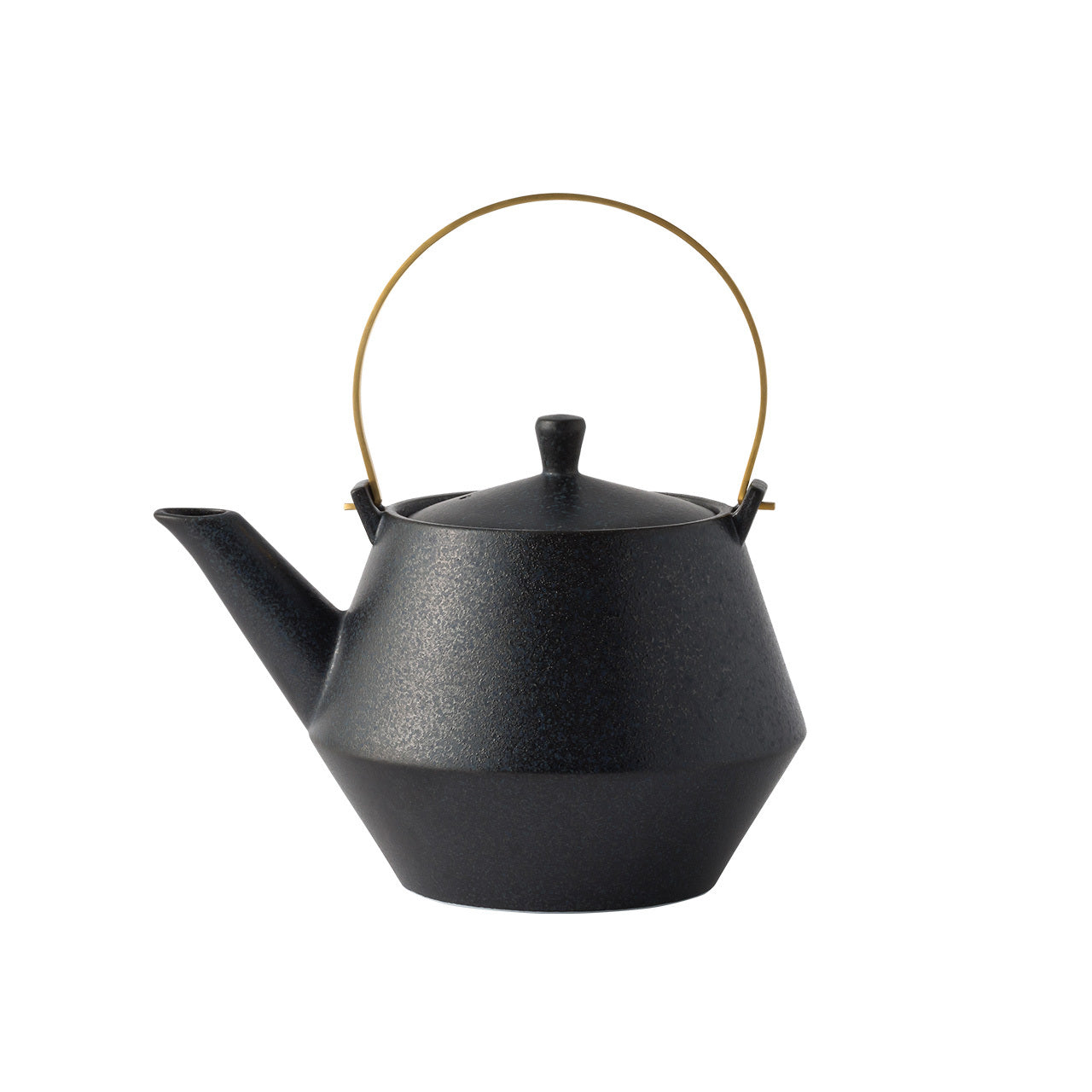
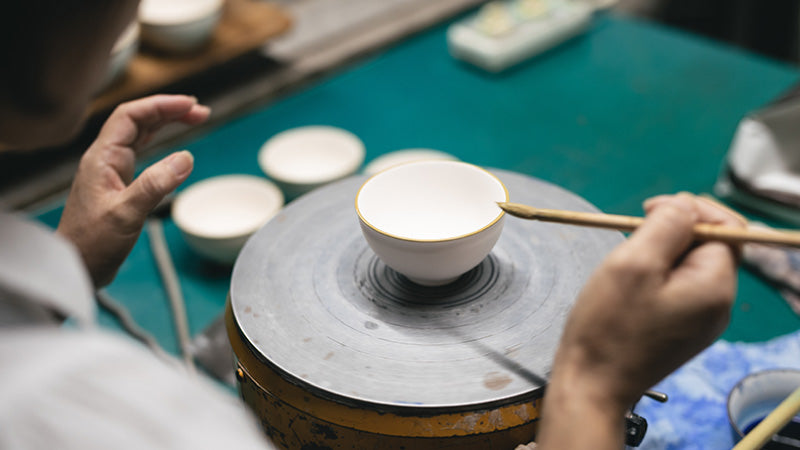
The History of Mino Ware
Mino-yaki is said to have originated in the Nara period when the potter's wheel and tunnel kilns were introduced from the Korean Peninsula along with the production methods of Sue pottery. During the Heian period, the production of ash-glazed ceramics began, and in the Azuchi-Momoyama period, with the popularity of the tea ceremony, Shino, Kizeto, Oribe, and Setoguro were created.
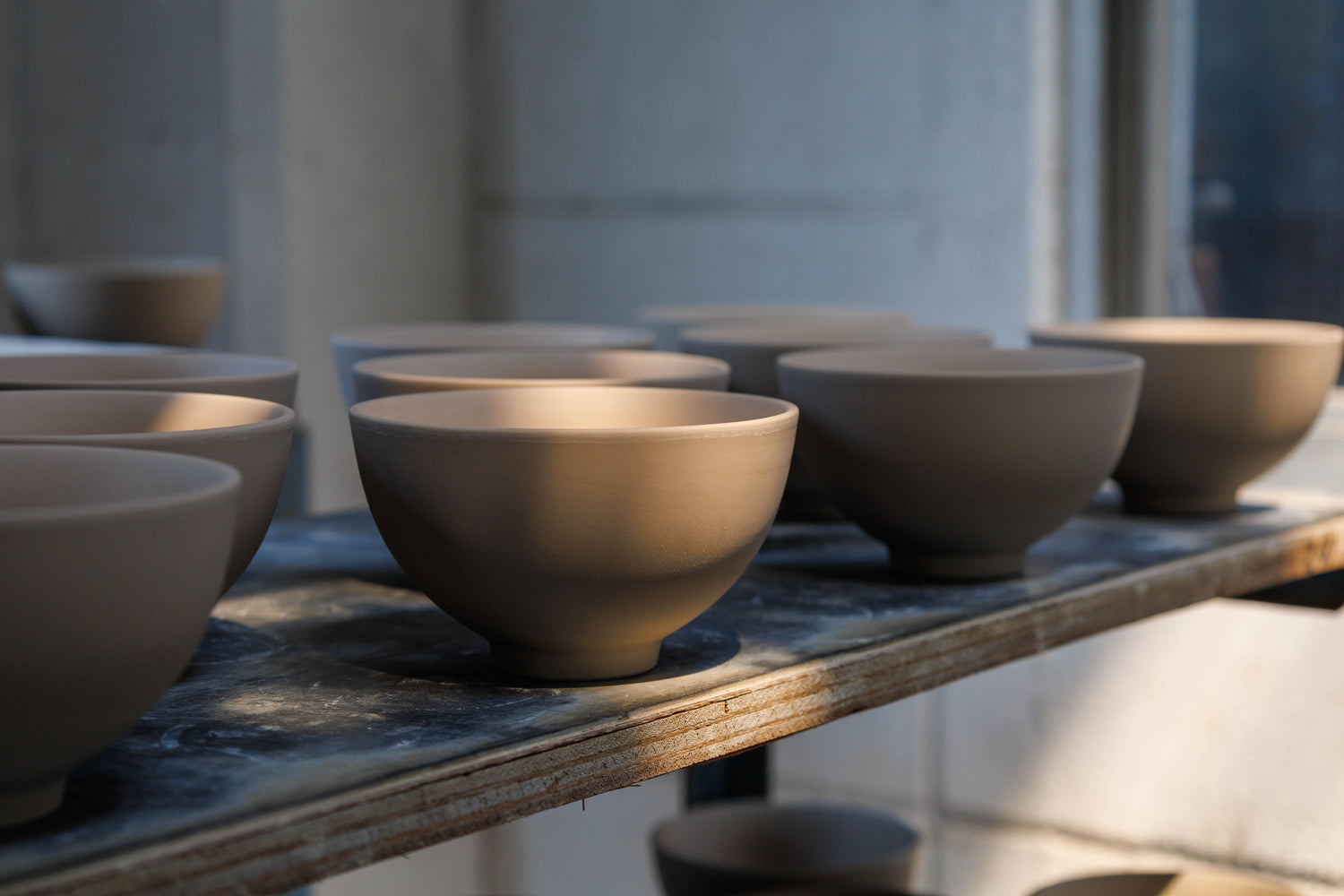
Characteristics of Mino ware
Throughout its history, Mino-yaki has given birth to a wide variety of techniques and glazes, with 15 types designated as traditional crafts alone. Production of daily household items began in the Meiji period, and since then, tea utensils and tableware with simple yet beautiful glaze colors and forms have been cherished.
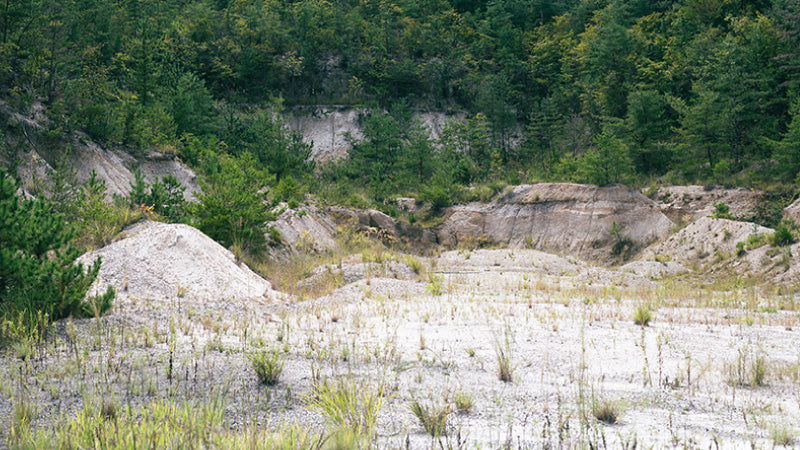
Mountains, soil, water
Toki City in Gifu Prefecture is abundant in clay for ceramics, as approximately 70% of the area consists of hilly terrain. The clay used for ceramics originally comes from granite. Over many years, it weathered and decayed, exposed to wind and rain, accumulated in layers, and eventually mixed with organic materials such as soil and fallen leaves to form the clay found in the Tono region. The Toki River (Shonai River) and its abundant flowing waters gather this clay.
Mino ware
Mino-yaki is a collective term for ceramics produced in the Tono region of Gifu Prefecture, including Toki City, Tajimi City, and Mizunami City. The Tono region is Japan's largest ceramics production hub, with Toki City being the top ceramics-producing city in Japan. While 15 items including Shino, Oribe, and Kizeto have been designated as traditional crafts, the range extends widely to tableware that enhances our daily dining.




